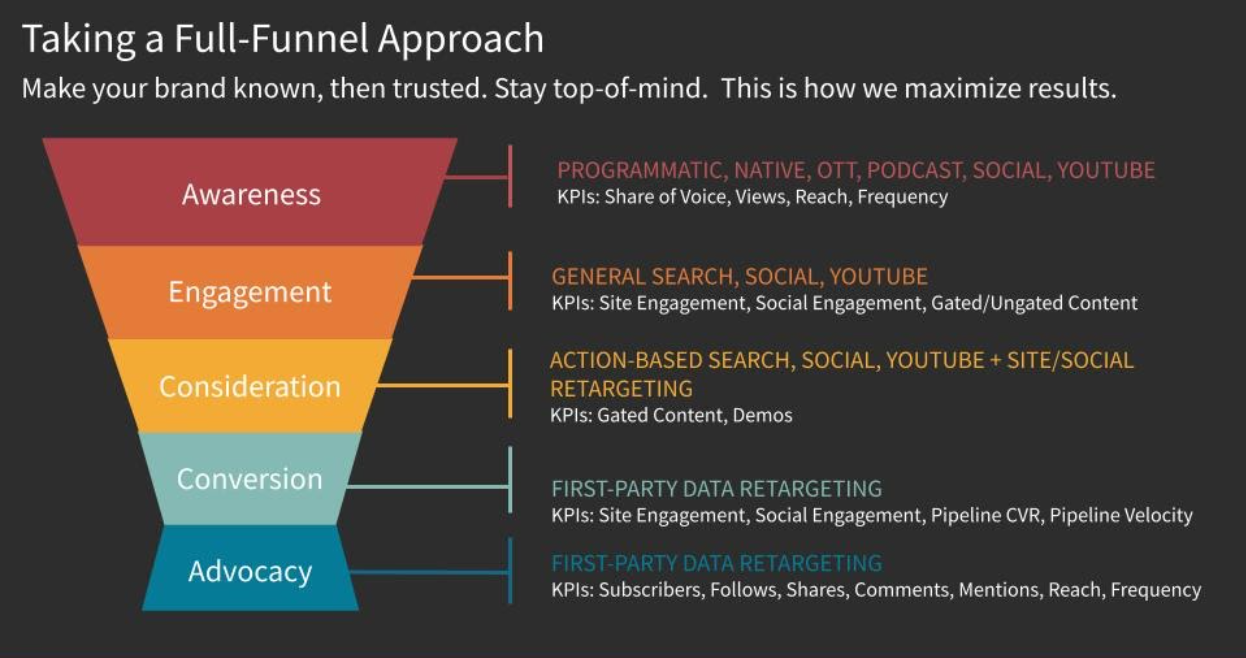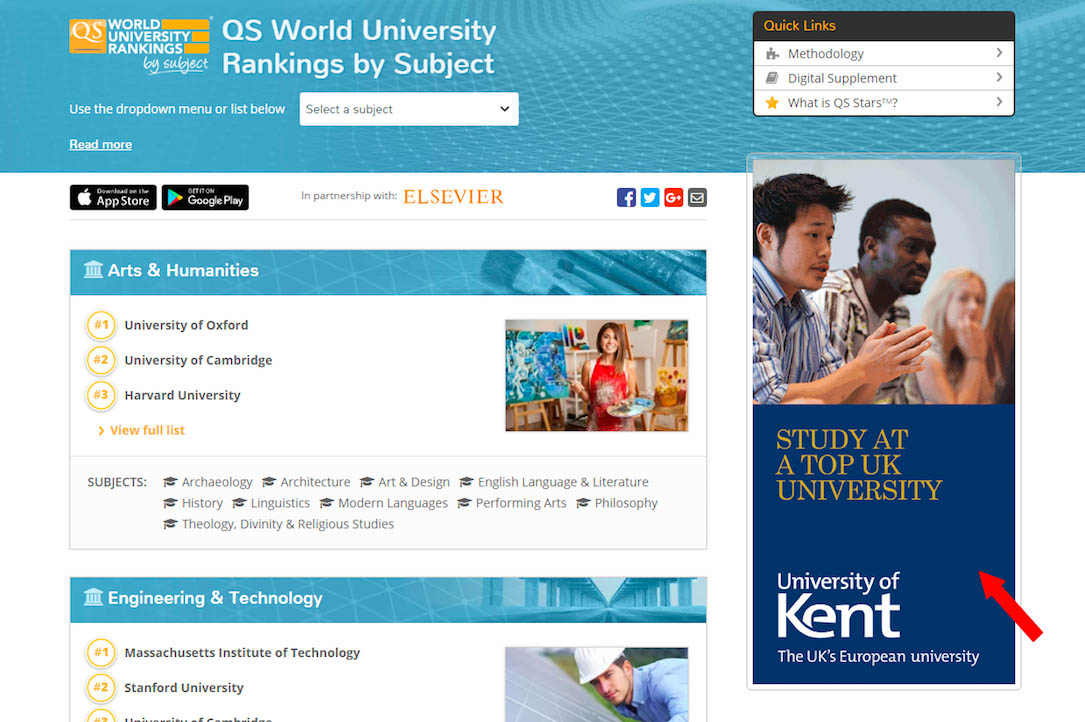Display ads in digital marketing are visual advertisements displayed on websites, apps, or social media platforms. They include images, videos, and interactive elements to capture user attention.
Display ads play a crucial role in digital marketing strategies. They help businesses reach a broad audience and increase brand visibility. These ads appear on various platforms, including websites and social media, ensuring extensive reach. They can be targeted based on user demographics, interests, and browsing behavior.
This precise targeting boosts the chances of engagement and conversions. Display ads come in multiple formats, such as banners, pop-ups, and video ads, offering flexibility in design and messaging. Effective display ads are visually appealing and have a clear call to action, driving users to take the desired steps.

Credit: www.oviond.com
Introduction To Display Ads In Digital Marketing
Display ads are visual advertisements on websites. They include images, videos, and animations. These ads aim to attract users’ attention. They are placed on websites, apps, and social media. Businesses use display ads to reach a large audience. These ads help in brand awareness and promotion. They can also drive traffic to your website. Display ads are a key part of digital marketing strategies.
Traditional ads were on TV, radio, and newspapers. Digital ads are now more popular. They are cheaper and easier to track. Traditional ads reached a broad audience. Digital ads can target specific groups. This makes them more effective. The shift from traditional to digital is ongoing. Digital ads offer more flexibility and creativity. They have changed the way businesses advertise.

Credit: www.searchenginejournal.com
Types Of Display Ads
Banner ads are the most common type. These ads appear on web pages. They can be images or text. Banner ads are usually at the top or sides of a page. They grab attention quickly. Banner ads are often rectangular. They are effective for brand awareness.
Interstitial ads cover the whole screen. They appear between content pages. Users see these ads when they open or close an app. They are very engaging. Interstitial ads are usually rich in media. These ads can be images, videos, or animations.
Rich media ads include interactive elements. They can have audio, video, and animation. These ads provide a dynamic experience. Rich media content engages users more. They can also include games and polls. This type of ad is highly effective.
Designing Effective Display Ads
High-quality images catch the eye. Bright colors stand out. Simple designs work best. Logos should be clear. Consistent branding builds trust. Use space wisely. Avoid clutter.
Short headlines grab attention. Clear messages work better. Action words like “buy” or “discover” are effective. Benefit-focused text appeals more. Avoid jargon. Make it easy to read.
Strong Call-to-Actions (CTAs) drive action. Use words like “click”, “learn”, or “start”. Buttons should stand out. Place CTAs in noticeable spots. Make them easy to understand. Test different CTAs to see what works best.
Targeting And Retargeting With Display Ads
Audience segmentation helps in showing ads to the right people. It divides people into groups based on their interests. This method increases the chances of people clicking on the ads.
Behavioral targeting uses data from users’ online behavior. This includes what they search for and websites they visit. Ads are then shown based on these behaviors. This makes ads more relevant to users.
Retargeting shows ads to people who have already visited your website. It reminds them about your products. This increases the chances of them coming back and buying something.
Measuring Display Ad Success
Key Performance Indicators help measure ad success. Important KPIs include click-through rates (CTR) and impressions. Higher CTR means more people clicked the ad. Impressions show how many times the ad was seen. Tracking these helps improve ad performance.
Conversion rates show how many people completed a desired action. This could be buying a product or signing up for a newsletter. Higher conversion rates mean more success. Lower rates might need changes to the ad or landing page.
A/B testing compares two versions of an ad. This helps find which one works better. One group sees Ad A, and another group sees Ad B. The better-performing ad can then be used more.

Credit: www.qs.com
Future Trends In Display Advertising
New technologies are changing display ads. Artificial Intelligence helps create smarter ads. Machine learning makes ads more relevant. Virtual Reality (VR) and Augmented Reality (AR) give users better experiences. These technologies make ads more engaging.
Programmatic advertising uses software to buy ads. This makes the process fast and efficient. Real-time bidding helps advertisers reach the right audience. It saves time and money. Ads are shown to users based on data. This makes ads more effective.
Privacy is important for users. Advertisers must follow rules to protect data. Personalization makes ads more appealing. Users get ads based on their interests. This balance is key for future ads. Respecting privacy builds trust.
Frequently Asked Questions
What Is A Display Ad In Marketing?
A display ad in marketing is a visual advertisement on websites, apps, or social media. It uses images, videos, or graphics.
What Is The Difference Between Display Ads And Banner Ads?
Display ads encompass various formats, including text, video, and interactive ads. Banner ads are a type of display ad, usually image-based and rectangular.
What Is The Difference Between Search Ads And Display Ads?
Search ads appear on search engine results pages. Display ads show on websites within the Google Display Network. Search ads target keywords, while display ads target audience interests and behaviors.
How Many Types Of Display Ads Are There?
There are several types of display ads, including banner ads, rich media ads, interstitial ads, video ads, and native ads. Each type serves different purposes and engages users in unique ways.
Conclusion
Display ads play a crucial role in digital marketing strategies. They help businesses reach targeted audiences effectively. By using eye-catching visuals and strategic placement, display ads boost brand awareness and engagement. Implementing display ads can significantly enhance your marketing efforts and drive better results.
Embrace display advertising to elevate your digital marketing success.
